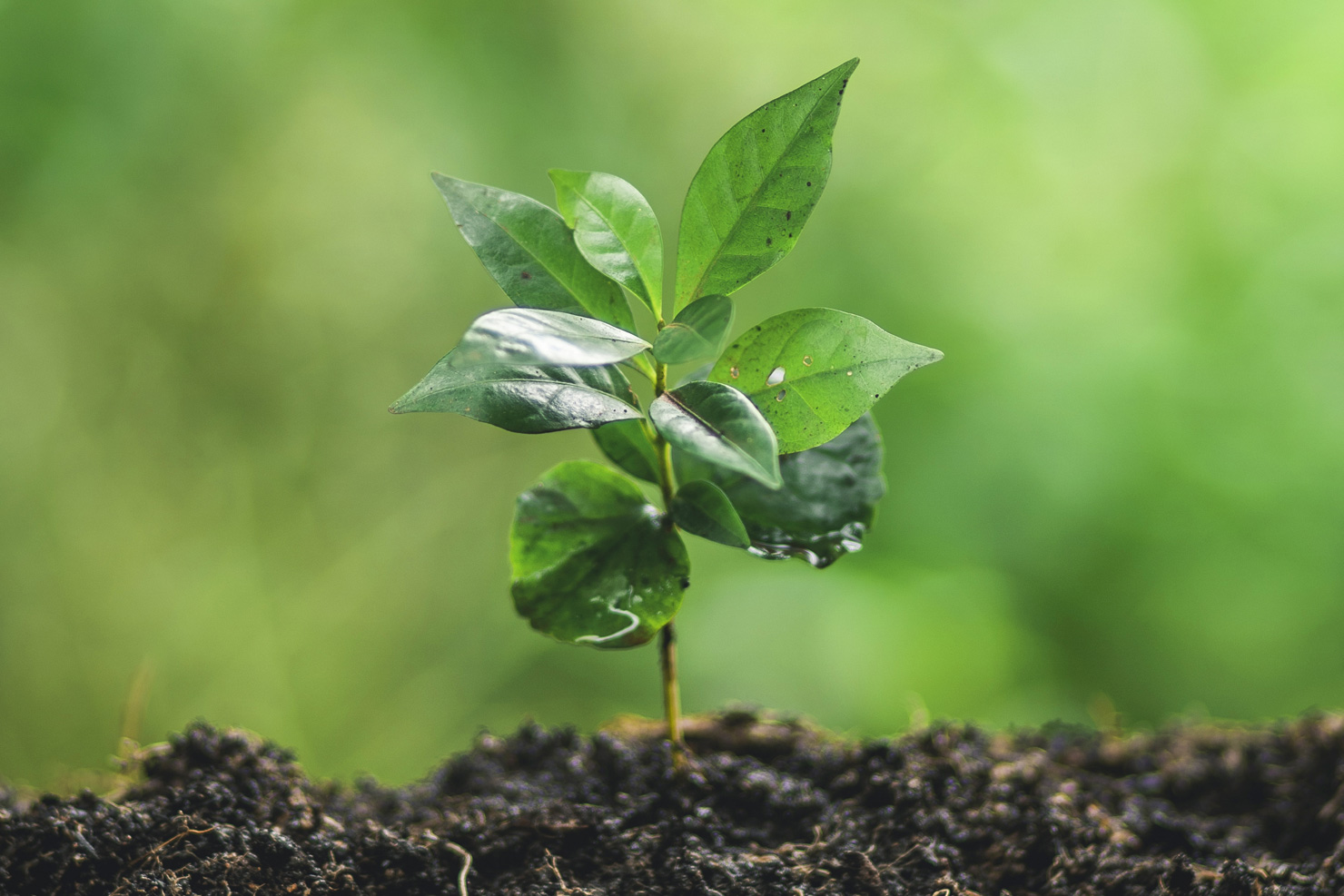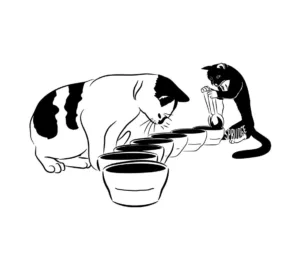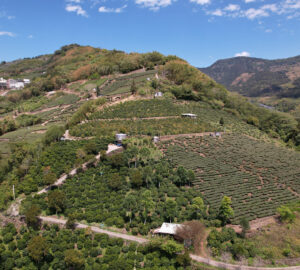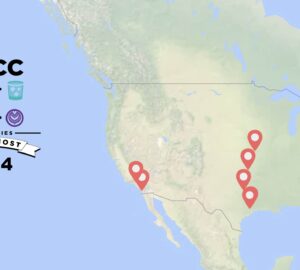If you’ve spent time drinking coffee, reading about coffee, and perhaps even visiting coffee farms or growing coffee yourself, the question may have occurred to you at some point: Is the coffee plant actually a tree or a shrub? I’ve seen it written both ways, but what’s the *correct* usage? Are both answers actually right?
We all know how one hates to embarrass oneself at cocktail parties with botanists, so we sought out the true answer as best we could from leading experts in coffee plant knowledge. Alack, it turns out there’s no simple answer. The word used to describe a coffee plant can (and should) depend on a number of different factors, from the way a given plant is grown to the inner workings of language itself. But we’ll stop beating around the bush: the best determinant of what you should to call a coffee plant is the species of the plant itself.
Some species are most accurately referred to as coffee trees, and some coffee species are best referred to as coffee shrubs. And as it turns out, perhaps the best way to identify the coffee plants we most commonly discuss is also the cutest.
“Arabica and canephora, and most coffee species, are small trees, not shrubs.” says Dr. Aaron Davis, Senior Research Leader at the Royal Botanical Gardens, Kew. “Some species are termed treelets,” he adds. Treelets. Treelets!
Dr. Davis says that it’s all about which specific species of coffee you’re referring to. Some less common species of coffee, like Liberica, grow into very tall trees, while other even rarer species, like C. humbertii and C. rhamnifolia, grow more obviously in the structure of shrubs. But the best known coffee species, cultivated widely around the world and adored by coffee lovers—C. arabica and C. canephora—typically grow up to a handful of meters in height, and are really best described as small trees. Or if you will, “treelets”.
“Trees are single stemmed, i.e. one main stem arising from base of the plant, and this main stem is dominant. Shrubs are generally multi-stemmed,” explains Davis.
It’s worth noting that our naming of these plants can’t be separated from how they’re grown—that is to say, with human interference. Since coffee is a cultivated crop, its appearance often varies from how it might appear in a natural or wild state.
“I think the coffee plant can take on a treelike or shrublike form, depending on its growing environment,” says Emma Sage, Educaton Team Leader at the Coffee Quality Institute. “Arabica evolved as this understory plant that is very shrublike in its natural growth habitat, in its natural, shaded, understory, high wet tropical forest ecosystem. But it is long-lived, which a tree is, sometimes it looks like a tree, just by shape, the way that it grows,” says Sage (who adds that she is “personally not really hung up on if it’s a tree or shrub.”) Historical literature dating back to the 17th century often refers to coffee as a shrub or bush, which may belie both the utility of its description as well as coffee’s gradual shift in appearance through cultivation.
Davis agrees that human-cultivated coffees—which make up the majority of coffees in our world—are best described with terms that specifically acknowledge this cultivation. “For cultivated coffee ‘small tree’ is best,” says Davis. “They are often pruned or dwarf clones are grown, and they can be referred to as shrub-like, but they are not true shrubs, of course.”
So whence came a business like Coffee Shrub? While the company sells coffee from small trees most of the time, the small-batch green merchant’s name arrived from the fact that a decade ago, most green coffee dealers wouldn’t sell less than a full bag of coffee, says founder Thompson Owen. “Now they all do, but not back then,” he says. “So the diminutive and slightly ‘un-heroic’ term shrub felt good and funny.”
Beyond the English-language terms for coffee plants, we also looked to other languages for insight on the right name(s) for a coffee plant. In Spanish, as in English, there are several choices, says Mario Fernandez, Technical Officer and author with the Specialty Coffee Association. Typical terms range from mata de café (a shrublike definition, more commonly used in rural Latin America, says Fernandez) to the obvious árbol de café or coffee tree (less common, says Fernandez) to planta de café (“coffee plant”—a term none would debate).
But Fernandez highlights that Spanish offers its own unique word for the plant, too.
“In Spanish, we have the luxury of having a lot of very specific vocabulary to describe plants, while in English you just add the word “tree” to the fruit name. Thus, limonero is lemon tree, manzano is apple tree, papayo is papaya tree, castaño is chestnut tree, and cafeto is coffee tree! The term cafeto, though less used than ‘mata de café’ and ‘planta de café” is still pretty much used, perfectly accurate and very clear to anyone who hears it,” says Fernandez, who also notes that French includes the similar le caféier and Portuguese has cafeeiro.
So whether you’re admiring a modest cafeto, a nine-meter-high Liberica tree, an un-heroic shrub, or a perfectly proper treelet or small tree, you can now address a coffee plant with the terminology best suited to its own unique size and style. After all, we all deserve to be recognized for who we are.
Liz Clayton is the associate editor at Sprudge Media Network. Read more Liz Clayton on Sprudge.

































